The indie sleaze era had it all. Sky Ferreira hanging out with Taylor Swift at Katy Perry’s birthday party. A maximalist approach to fashion (no one would bat an eye at pairing shutter shades with a bikini top indoors). Skins parties that recreated the debauchery from the hit British series. Fan-run Tumblr accounts dedicated to the relationship of Alexa Chung and Arctic Monkeys frontman Alex Turner. Wild nights out captured with cameras instead of phones — with flash photography a must.
It’s been a decade since this cultural phenomenon ended, but it’s left an enormous footprint on music and fashion. The initial spark came shortly after 9/11, with bands like the Strokes and Interpol releasing their debut albums. It wasn’t until the mid-2000s that indie sleaze became a widespread craze — reaching peak popularity in 2009, following the Myspace emo era.
It was all about living in the moment and not taking yourself too seriously. Bands that were part of this epoc embraced wild stage personas, with performances turned into theatrical spectacles. You didn’t have to be well-connected to become the next “it girl” — you just had to be noticed by photographer the Cobrasnake at a show and have your picture up on his blog.
As happens with every movement, the culture moved on. But as Gen Z begins to adopt Y2K aesthetics, indie sleaze has returned. From the beginning of 2022, numerous trend pieces prophesied that this year would mark a comeback. That prediction turned out to be accurate.
Yeah Yeah Yeahs, Santigold, Arctic Monkeys, Bloc Party, Alice Glass, Phoenix, Interpol, Foals, and many other headliners of the indie sleaze era have albums out this year. The nostalgia for this specific time also rubbed off on older acts like Weezer, who released EPs in 2022 inspired by the Strokes and Franz Ferdinand. Additionally, aesthetics made popular at the height of Tumblr also came back, with model and writer Meg Superstar Princess as one of the new “it girls.”
The term “indie sleaze” didn’t exist during the era it’s referencing, with other labels like “blog rock” used instead. The name actually originated in early 2021, traced back to the viral Indie Sleaze Instagram account and its creator, Olivia (who asked for her full name to not be shared). The Toronto-based content creator wanted a name focused on the era when indie music and fashion intersected, turning acts like Yeah Yeah Yeahs and the Strokes into icons.
After discarding potential options that included “trash” and “hipster,” Olivia landed on “indie sleaze” — it felt most fitting for the hedonistic era. “I saw a Reddit comment describing the photography of the hipster era as sleazy, which I thought was very apt. ‘Sleaze’ worked better than some of the other words I was playing with,” Olivia tells SPIN. “The word ‘sleaze’ also comes up on Uffie’s ‘Art of Uff’ and mags such as Sleaze Nation that featured artists like Peaches and Fischerspooner.”
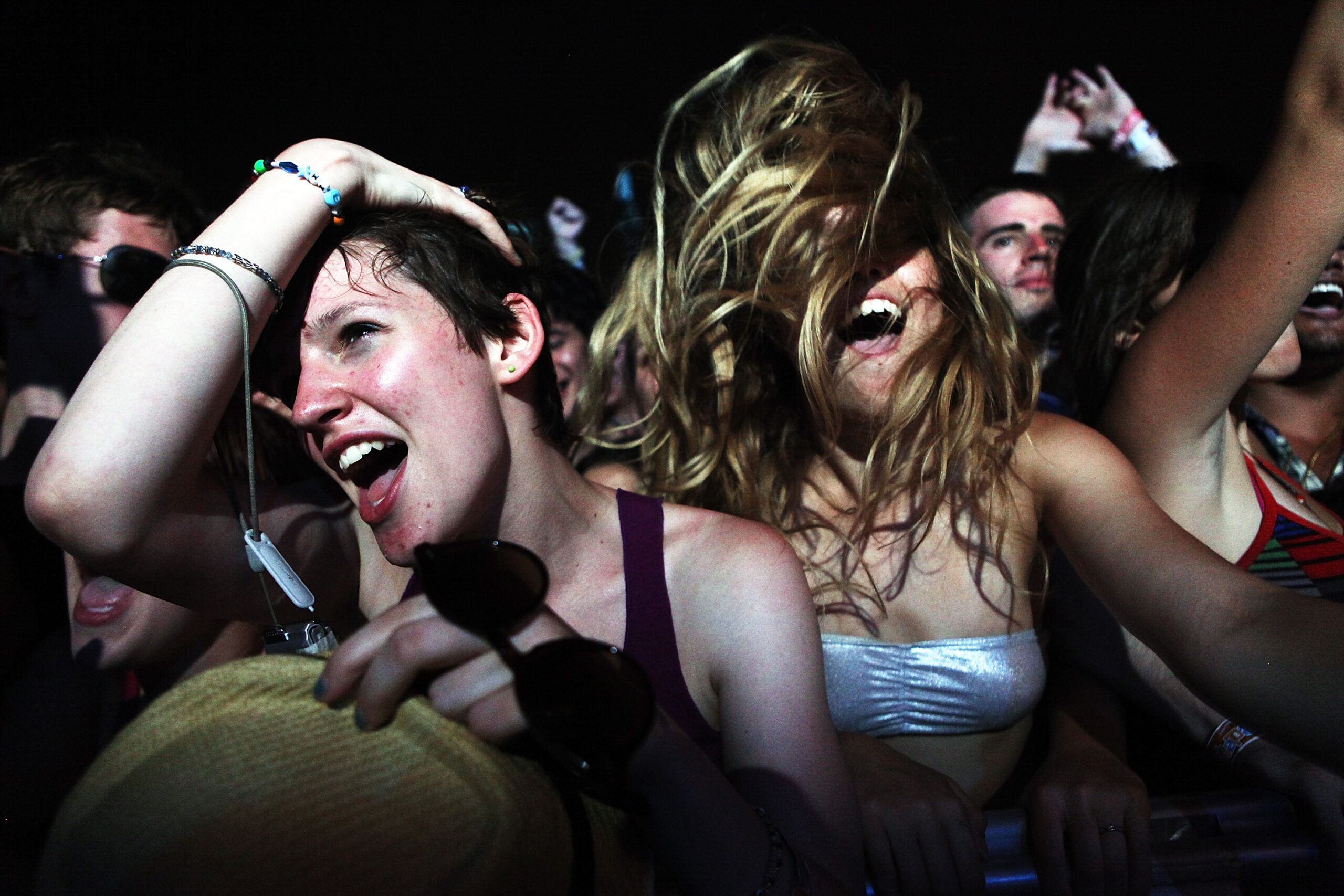
But it wasn’t until trend forecaster and fashion influencer Mandy Lee made a viral TikTok in October 2021 under the account @oldloserinbrooklyn that the term “indie sleaze” was popularized. In the video, Lee says, “I’ve seen enough evidence that [the] ‘indie sleaze,’ Tumblr aesthetic is coming back, and we need to talk about it.”
Lee didn’t find out about the term directly from Olivia’s Instagram page. She recalls that she first found it through the Consumer Aesthetics Research Institute (CARI), which linked out to a collection of “indie sleaze” images published by design archivist Evan Collins on Are.na, including The Fame-era Lady Gaga, screenshots from Hellogoodbye’s music video for “Here In Your Arms,” paparazzi snapshots of the Strokes’ Albert Hammond Jr. with Agyness Deyn, and photographs of former “it girl” Cory Kennedy snapped by The Cobrasnake.
The aesthetic of indie sleaze is simple, yet it defined that period: American Apparel clothing, graphic tees paired with skinny jeans, oversized T-shirts over ripped tights, and colorful bodysuits. But with the music, it’s more challenging to pinpoint what qualifies.
According to Olivia, “the strongest [figures in indie sleaze] are definitely the ones that have a grungier, more messy, kind of electronic, electroclash-leaning sound.” She adds, “It’s definitely defined by a very strong and wild and bold persona. I think [Yeah Yeah Yeahs bandleader] Karen O exemplifies this a lot. Just the fact that before Yeah Yeah Yeahs were even a band, she was going to bars and partying, getting drunk, practicing her onstage persona, stepping into this character that she could bring with her to the stage.”
To delineate what actually counts as indie sleaze — at least, according to her, Olivia made an eclectic playlist. It features Of Montreal, M.I.A., MGMT, CSS, early Katy Perry, and Spoon, among others. Not every indie band from the mid-2000s and early 2010s qualifies, but the artists on that playlist share a similar aesthetic and attention-grabbing stage persona.
The new interest in indie sleaze sparked by Lee’s TikToks also helped photographer Mark Hunter, best known as The Cobrasnake, benefit from this renaissance through her TikToks. After Lee made a TikTok explaining the cultural significance that Hunter’s photography had on shaping the aesthetic, Hunter, in his own words, “became relevant again.” The renewed interest in his work was well-timed: He released a book this summer, The Cobrasnake: Y2K Archive, chronicling the era.
Speaking over Zoom while wrapping up a photoshoot for Pabst Blue Ribbon in Michigan, Hunter recalls that, while snapping pictures at a party, someone approached him and said that he was “like the Cobrasnake,” without realizing it was actually him.
Hunter now gets tagged on Instagram in pictures from people emulating his photography style. “They’re great,” he says. “They don’t look like my photos, but that’s cool that I’m sort of now the Kleenex or Xerox copy machine, you know, to the synonymous term for club photos.”
Olivia notes that, much like indie sleaze emerging as a sort of response to 9/11, its return seems to be rooted in society trying to heal from collective trauma.
“I feel like that was the catalyst for how this entire subculture was born because people were feeling this existential loss,” she says. “There was this anxiety over the future, uncertainty of what’s going to happen next. I think that kind of parallels the pandemic. People are traumatized. I think wanting to go out, to have fun, wanting to go big or go home makes sense in response to a global tragedy.” Hunter agrees that the pandemic played a big role in the indie sleaze revival, noting that “everyone got to reflect on their lives” and, coming out of the height of COVID, realized it was time to “have fun.”
Having indefinite free time during the early stages of COVID lockdown and missing the debauchery of the indie sleaze era prompted artists like Uffie to make an awaited return.
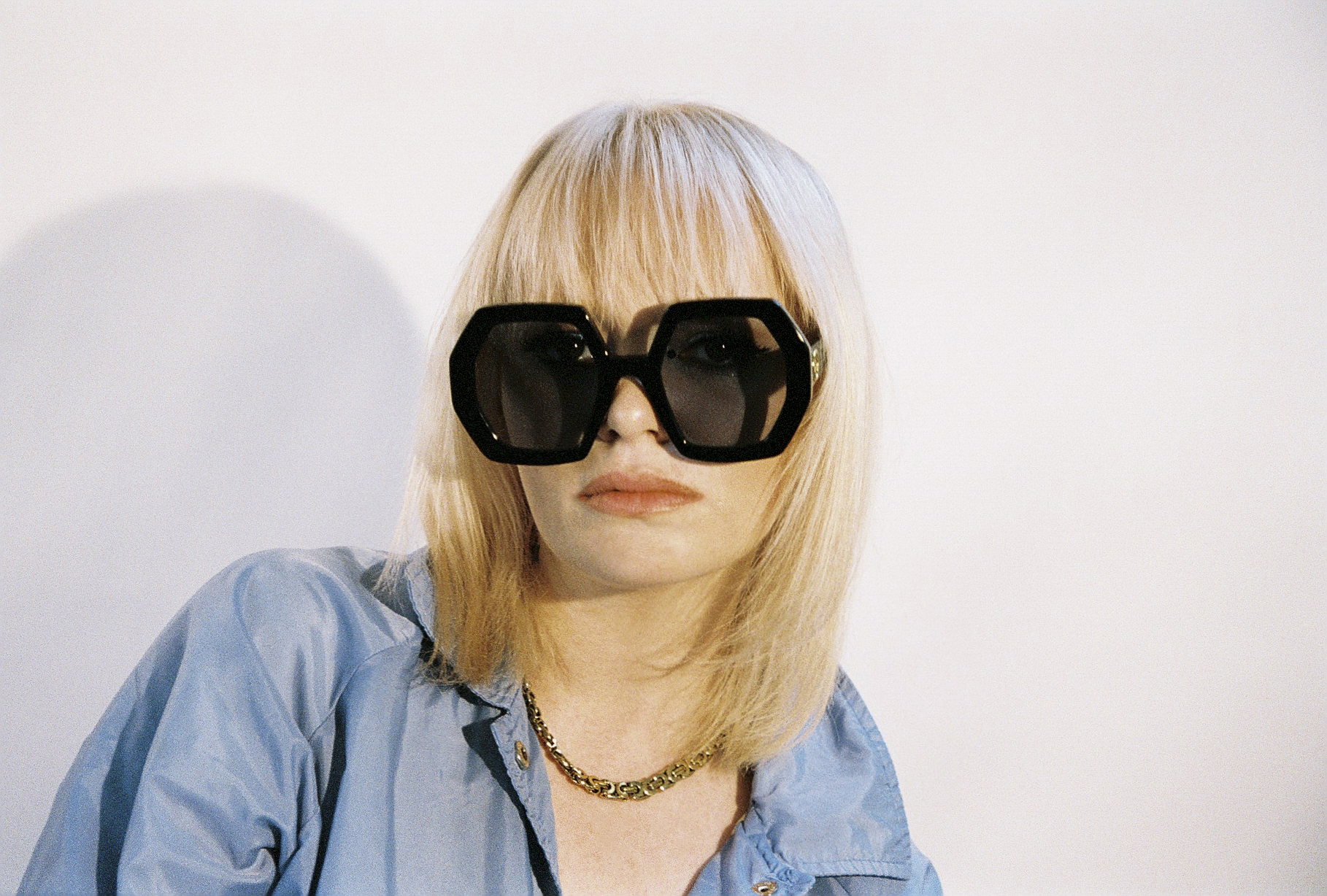
Uffie (real name Anna-Catherine Hartley) is one of the most recognizable electroclash artists, with her 2006 track “Pop the Glock” emblematic of the indie sleaze era. Following the song’s success, she went on hiatus from 2011 until 2015, returning with collaborations with artists like Charli XCX and Galantis. Uffie released the EP Tokyo Love Hotel in 2019, but her second LP, Sunshine Factory, took until 2022 — 12 years after her debut album, Sex Dreams and Denim Jeans. “[Sunshine Factory] kind of coincides with indie sleaze, but I made a record during the pandemic just because there is no pressure to do anything, therefore you can do anything,” she says over the phone, jetlagged after a trip to Berlin.
For Sunshine Factory, Uffie wanted to bring back the “core innocent party feeling” of the era she emerged from, while also showing how much her music has evolved in the past decade.
Sunshine Factory was built around the track “cool,” which exemplifies how the old indie sleaze and the new can coexist; it has the electronic beats reminiscent of Uffie’s early work, but her vocals take a sweeter, more melodic inflection, unlike the AutoTuned electro-rap sound she was known for. “It was really exciting to me,” says Uffie. “I hadn’t made a song like that in ages.”
Uffie’s not the only artist from the era who has made an unexpected return this year. Voxtrot, who disbanded in 2010, released Cut From the Stone: Rarities & B-Sides and embarked on a reunion tour. Frontman Ramesh Srivastava jokes that, while it’s fitting Voxtrot’s return coincided with the indie sleaze revival, “objectively it seems like it’d be the least sensible year” to do so, given that he also released a solo album, Eternal Spring, in March 2022. He realized that it was worth revisiting Voxtrot’s material, without it mattering that it would coincide with his work outside the indie pop band.
It’s been over a decade since Voxtrot called it quits, but Srivastava noticed that fans still care immensely about the band, and a new generation of listeners has also been paying attention. He’s even seen videos of teens—who were far too young when Voxtrot was around — covering the band.
“I’m grateful to say that I still get messages from people, whether it’s through the email account or through Instagram or whatever, who have these really positive things to say about Voxtrot’s music and the role that it’s played in their lives,” Srivastava. “So I felt that there was still love out there.”
One thing that has changed, he says, is that in this new era of indie, queerness is more widely accepted. As an artist who hadn’t spoken openly about being gay until 2020, part of what Srivastava hopes to accomplish with Voxtrot’s return is to not hold back in celebrating that part of himself, at a time when many young, queer fans may need someone to look up to.
“One of the main goals for me in doing this reunion tour and putting Voxtrot in the spotlight again was to be really open about my homosexuality,” he explains. “I always regretted [not speaking openly about my sexuality] because even though at the time I would have said it’s not that important, what’s important is the music, now I see that until there’s kind of true equality, it is important for somebody with a significant platform — especially a musical platform because music is always contributing to the emotional life of the listener. It sounds so cheesy, but literally it becomes the soundtrack of your life at that time, whatever era that is for you. So if you’re anywhere in the LGBTQ spectrum … I know I felt like this when I grew up, that there were almost no heroes to look at.”

As Srivastava notes, there weren’t many queer icons within indie sleaze the first time around, with exceptions like Scissor Sisters and Hunx and His Punx, but the era did play with elements of gender-fluid expression and queerness. The few openly queer and gender non-conforming artists of indie sleaze had a big role in ushering a new movement of queer pride in indie rock.
In that regard, one of the most crucial bands of the indie sleaze era was Of Montreal, who released the album Freewave Lucifer f<ck f^ck f>ck this year. Bandleader Kevin Barnes, who is bisexual and non-binary, says that “gender fluidity and the performative aspect of gender roles was very important” to them at the time and “very connected” to the music they were making.
Barnes says they wanted to foster “a safe space that the people could kind of explore” full expression of themselves, says Barnes over the phone. “It definitely didn’t feel like I was riding the wave of anything. It was more just like, ‘This is what I want to do personally, and this is what I want to cultivate and propagate in the world.’ It was only many years after the fact, while I was looking back on it, that I realized the significance of it all. Because it was almost like an unconscious thing that I was doing — I wasn’t trying to contextualize anything or think about the historical significance of it.”
Looking back, Barnes doesn’t think that the LGBTQ community “was as supported in society as much. It didn’t seem like people cared as much as they do now.” But, echoing Srivastava’s sentiments, they think it’s “great that we have seemingly evolved a lot.”
The next generation of artists who are part of the second wave of indie sleaze are making sure that, this time, queerness is embraced within the sleaziness. One artist with that mission is Michael Nitting, who performs under the name Michael Incognito. He envisions his single “Boys Go” as “LCD Soundsystem but like gay sex party leather underground” — “not that like I’m going to a ton of those, but it’s very vivid in my mind,” he says over Zoom, cozied up in a hoodie in his Brooklyn apartment. The video features Incognito clad in exaggerated winged eyeliner and a white tank, running around New York City’s West Village. What’s sleazier than chasing boys on a night out? While Incognito admits that his venture into an indie sleaze-inspired sound is new, having previously experimented with different types of pop and rock, he says his next single, “DIY,” is “The Strokes, but make it gay.”
Nitting is part of the new class of indie sleazers — including acts like Viagra Boys, ZAH, Sinead O Brien, Amyl and the Sniffers, and Flossing — inspired by the icons of yesteryear.
One of the emerging artists most credited for ushering in the next era of indie sleaze is New York City-based Harrison Patrick Smith, who performs under the moniker the Dare. His single “Girls” was released in August and gained widespread attention shortly after, with numerous writeups crediting Smith with kickstarting indie sleaze 2.0. The exceptionally catchy track is as sleazy as it gets, detailing all the kinds of girls Smith likes: “tall girls, small girls, girls with dicks, call girls, girls who get naked on the ‘gram.”
Smith previously had a project under the name Turtlenecked, which combined dance pop with rock, but he wanted his new project to be pure electroclash. He wrote “Girls” in 2021, inspired by his love of the Rapture, Peaches, and Fischerspooner — and he wasn’t expecting it to get so much attention. “This was during COVID when things were pretty bad. I was isolated. I couldn’t practice with my rock band [Turtleneck]. So I was like, I’m just going to make a little thing on my computer, thinking of some sort of narrative around wanting to go out and dance when that wasn’t possible,” he recalls during a Zoom chat from his bedroom, where he makes all his music. The “silly little song” (his words) was written within half an hour late at night.
“My original goal was just to make this song to send to my friends and be like,’ ‘Do you guys think this is funny?,’” he says. “And then I listened back to it, and I was like, ‘That’s pretty good, actually. Maybe I’ll throw it on the album or something.’ And now everything is crazy.’
Olivia, who recently interviewed Smith for her podcast Date With the Night, predicts that “Girls” will inspire more artists to be part of the new wave of indie sleaze. “The buzz around it, I think, is going to lead to a lot more songs coming out from new artists that have a very similar vibe,” she remarks. “I don’t even think it’s reached peak popularity yet. I think it’s going to keep growing the momentum behind that song.”
The music video looks like it could’ve been made in 2010. Filmed at Home Sweet Home, it’s a snapshot at a night of debauchery, with people making out, drinking heavily, snapping pictures with their cameras instead of a smartphone — the kind of party scene that gives you instant FOMO.
Smith is now tied to the term “indie sleaze,” but it’s one that he rightfully has mixed feelings about. “I don’t really want to be pigeonholed as a retro act that’s just essentially recreating [that era], like the Greta Van Fleet of electroclash or something,” he admits. “I’m way more ambitious than just doing an emulation of style.”
But there’s room for this movement to organically evolve into something fresh — and separate from the era that inspired it — while sharing the spotlight with indie veterans who thrive off the trend.
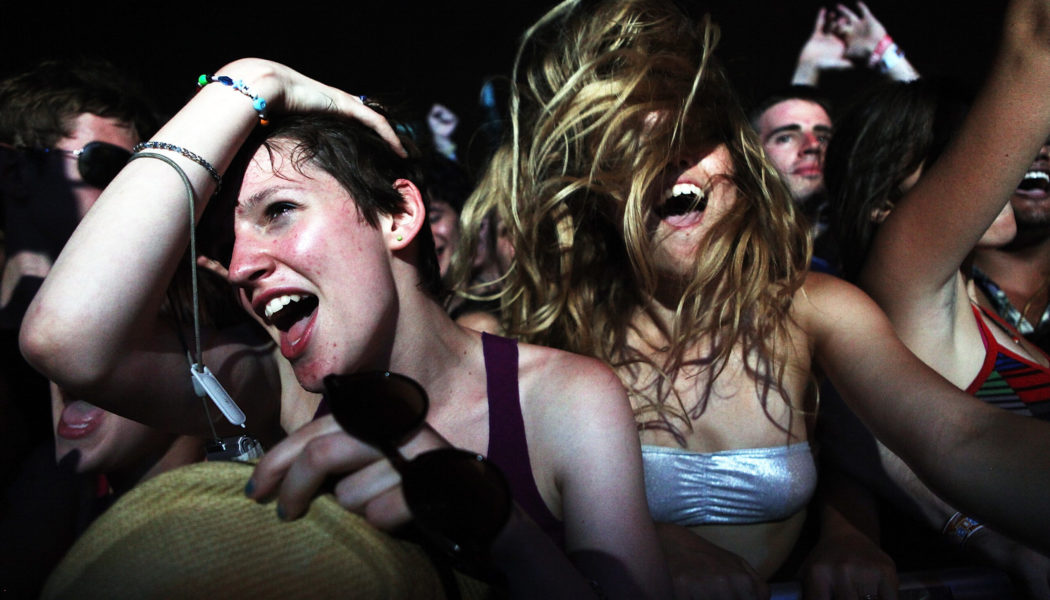


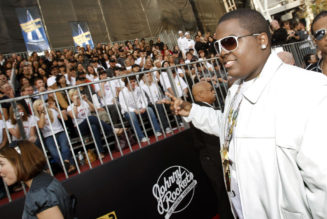
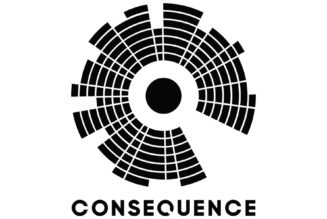


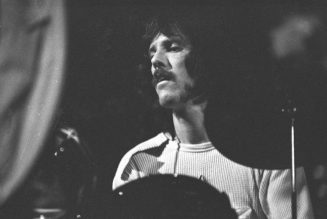
![Which Producer Should NGHTMRE Collab With On His Debut Album? [POLL]](https://www.wazupnaija.com/wp-content/uploads/2020/06/which-producer-should-nghtmre-collab-with-on-his-debut-album-poll-327x219.jpg)
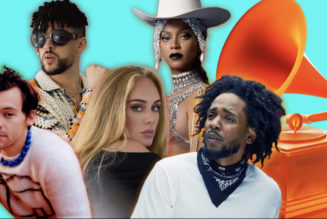

Tagged: Alice Glass, Arctic Monkeys, bloc party, FEATURES, Foals, franz ferdinand, INTERPOL, of montreal, Phoenix, Santigold, the strokes, Uffie, weezer, Yeah Yeah Yeahs